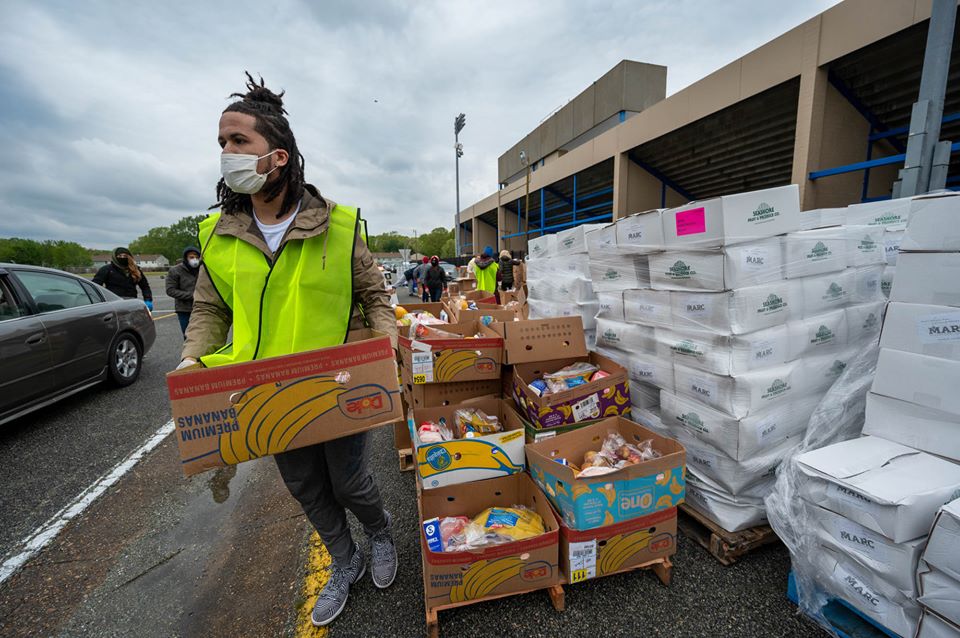A variety of charitable organizations are working hard to ensure that Virginians in need are getting enough to eat -- a mission that's more important than ever during the current outbreak. A bumpy economic road lies ahead of us thanks to the unprecedented pandemic we...


